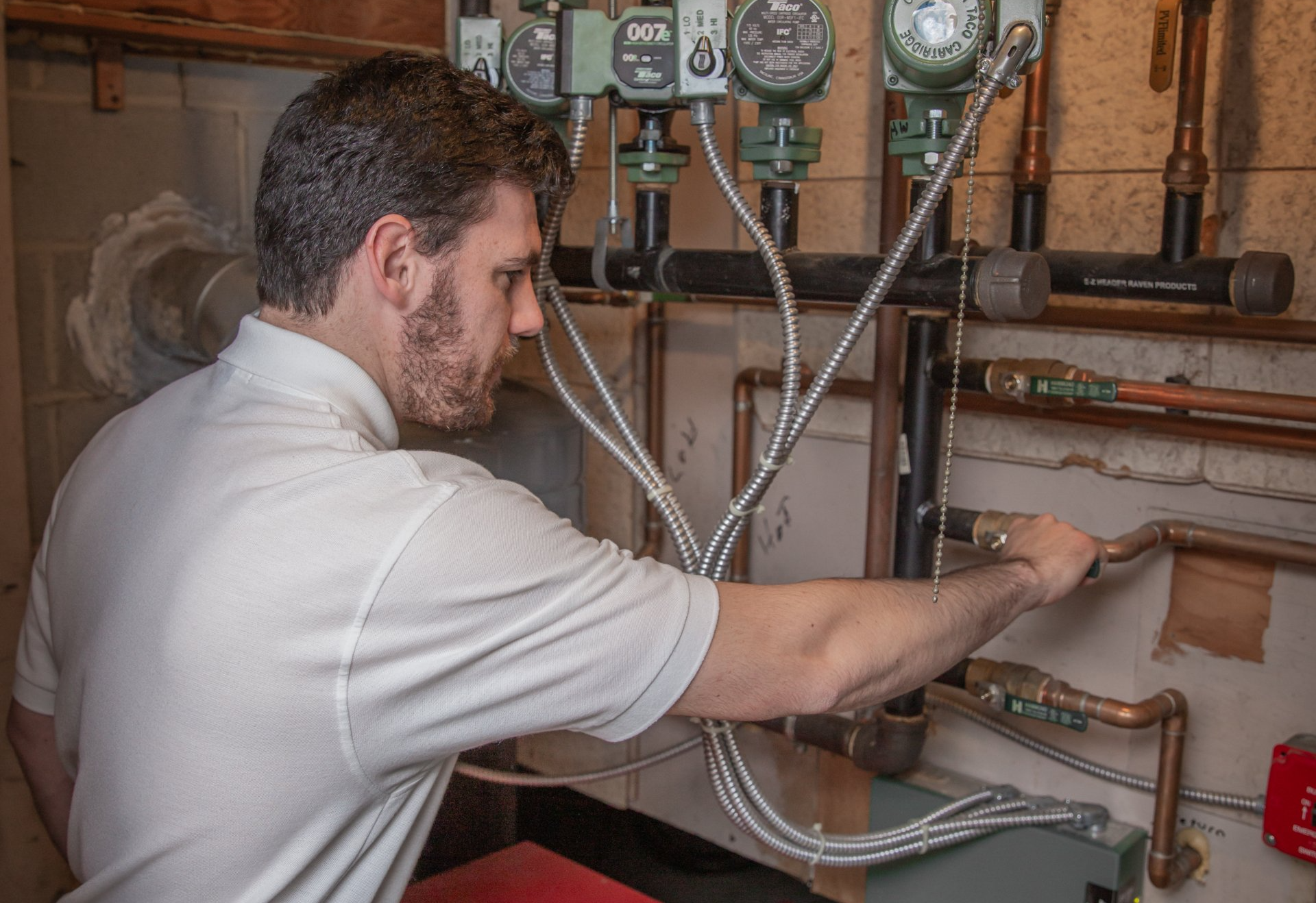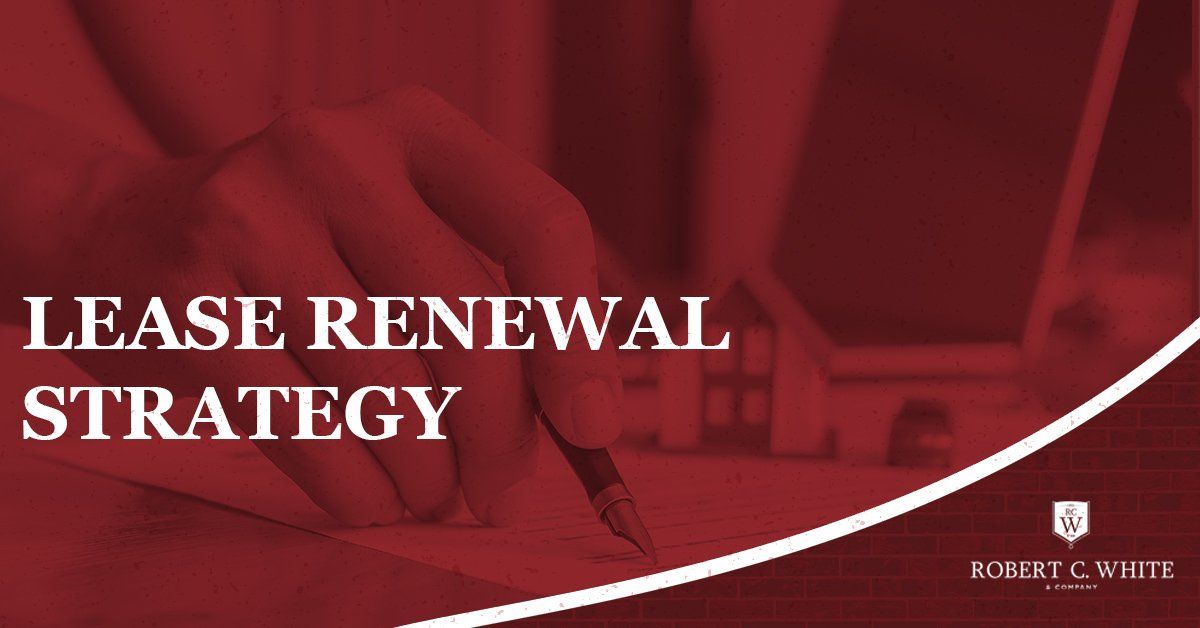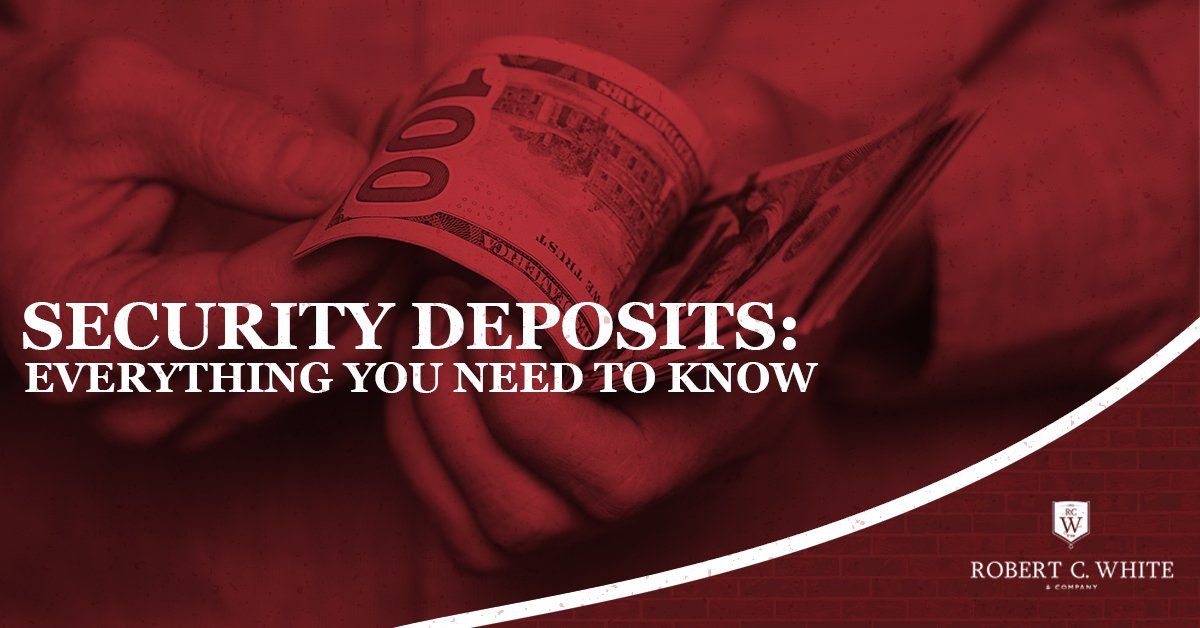Keys to Renting Out Your Single-Family Home & Maximizing Returns
Strategies to Get the Most from Your Single-Family Rentals
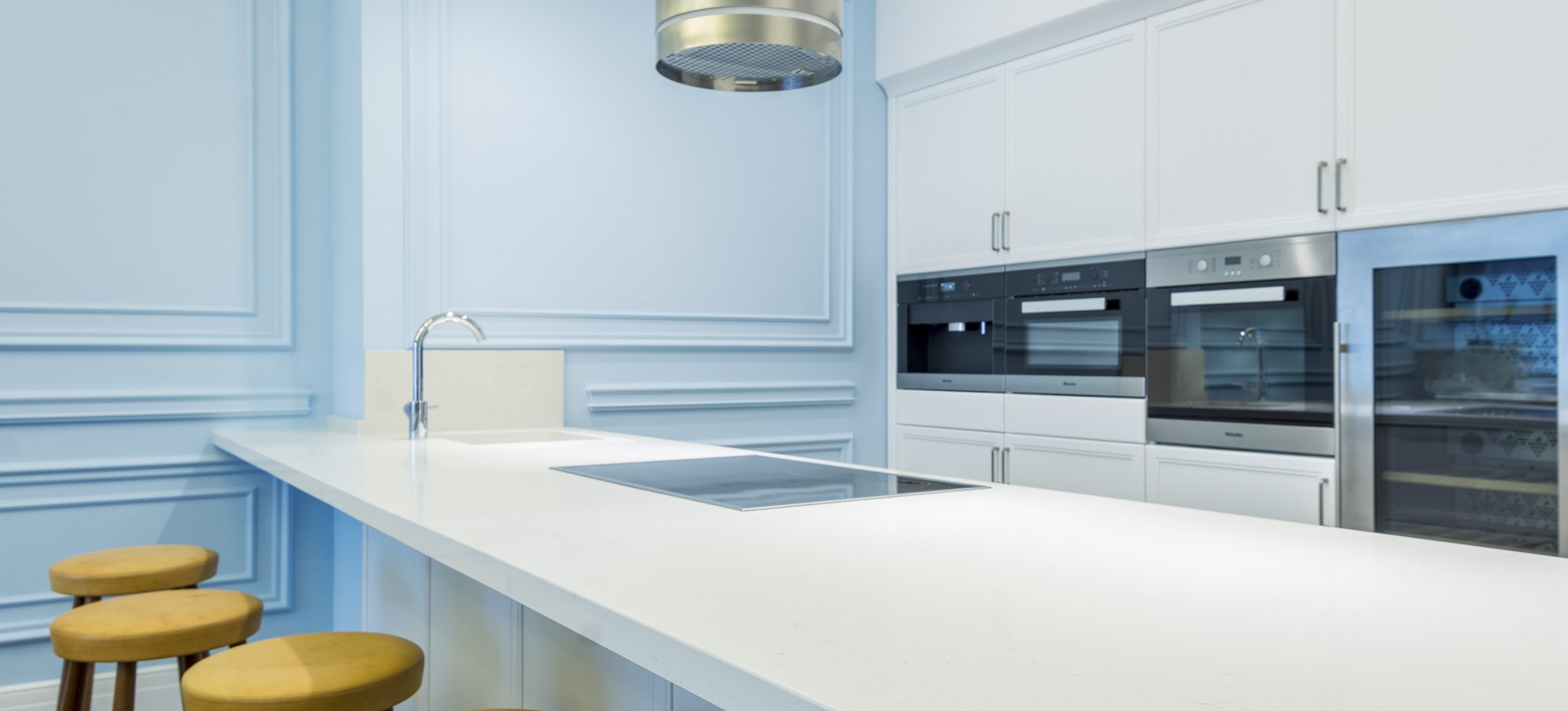
The market for single-family rentals remains extremely active. Here in Connecticut, Robert C. White & Company is filling units at a near-record pace in 2022. With new construction still behind schedule and at a premium, things don’t look like slowing down with rentals either. We’re Connecticut’s leasing and property management experts when it comes to single-family property. Let us show you how we maximize rental returns on single-family homes for our owners each and every month!The body content of your post goes here. To edit this text, click on it and delete this default text and start typing your own or paste your own from a different source.
1.] Maximize Rental Rates by Comparing to Similar Properties Every Six Months
This should be a rule for any rental property, but comparing your single-family home's rental rate with comparable listings at regular intervals should be a priority. This is to make sure you’re rents match similar properties at each renewal or vacancy period. Estimates done earlier this year showed that in Connecticut, rents have increased about 12% on average since the start of the pandemic. In many areas of the state, increases have been significantly higher. If you haven't kept your rates in line with others over this period, you could be missing out on rental income.
2.] Time the End of Your Lease Correctly [School’s In]
What’s the best time of year to get the maximum rental rate on your property? Usually, in the middle of summer as families begin preparing for the start of the school year in Connecticut. Tenants that most often rent single-family properties have kids, and they want to have those kids settled in before the school year starts. This means the highest competition and thus the highest rental rates, close in the summer months when families are most likely to move. Timing the end of your lease to fill a vacancy or renew tenants at the right time is a critical skill, especially if you own a single-family property where families are more likely to apply.
3.] Optimize Your Rental Home for Children and Pets
This next tip is easily related to the last! When it comes to renting single-family homes (SFH for short), you want to optimize for both children and pets. This means that if you have extra space that can be converted to bedrooms or a part of the yard that could be cleared for pets, it should be done in advance of listing and showing the property. The property layout should be functioning to its full potential. That being said, you also need to ensure the home is marketed correctly so that the listing reflects exactly what’s available. Forgetting to highlight key features optimized for the type of renters you want will mean missed revenue.
4.] Implement Pet Fees for Your Protection
Firstly, a secret piece of advice for landlords out there…you should screen pets almost as thoroughly as you do tenants. Ask questions about pets from a landlord reference, require veterinary documents, and potentially request to meet them in advance of acceptance. Even with good pets though…damage will happen! That’s why charging a monthly pet fee and/or requiring a pet security deposit (separate from the traditional deposit) is a smart move. A pet fee of just $25 per month over the year can build a small cash reserve in case a floor needs to be refinished or scratches to a door need to be covered because of damage from a pet. With a pet fee, the repairs don’t come out of the owner’s pocket, and the same would go for a pet security deposit. Protect your investment by implementing the appropriate fees.
5.] Place the Utilities Responsibilities in the Hands of Tenants
One of the biggest benefits of investing in single-family homes is that a landlord can put most responsibilities on the tenants, including utility costs. In multi-family buildings where there are common areas or utilities can't be separately measured, this burden falls on the owners. Predicting the cost of utilities and trying to work them into the price of rents can be extremely difficult and time-consuming…but that problem does not exist for an investor in with single-family property. The owner of a SFH rental can pass off the responsibility and save themselves time and money in the process.
6.] Do Your Own Small Maintenance Where Possible
One cost that you won’t be able to pass off to your tenants, even owning a single-family, is typical maintenance. Unless tenants caused some specific damage, things do age and wear, and eventually need to be replaced or repaired. The problem is, labor cost is typically the most expensive part of a repair job. While professionals are needed for some jobs, cutting labor costs out can save you big time. If maintenance required is minimal, you should at least consider whether or not you can tackle it yourself and save yourself some cash.
7.] Add Security Features and Parking
One more tip, this regarding two features modern tenants want more of in 2022. So, what could separate your updated 3-bedroom home in West Hartford from a nearly identical rental next door? First, added security. Cameras and security systems are less costly and easier to install than ever. Tenants want these in 2022 and some will even pay a premium to have them. A feeling of added security can be a huge bonus for those with young children.
American families are also driving now more than ever before. Having a garage or covered parking options is a boost for tenants with higher-end vehicles. Enough space for the whole family to park too! Premium features like covered parking and more security, when highlighted correctly in your marketing, will help lock in that top rental rate you're looking for.
Go Ahead,
put these seven strategies into action now and see your returns grow month to month at your single-family rental property. And, if you’re ever feeling overwhelmed with management, give our professional property advisors a call at
860-200-3331.



